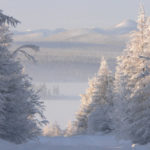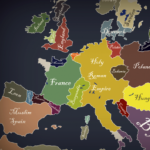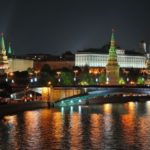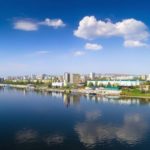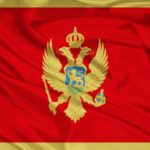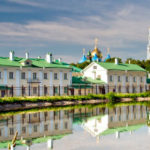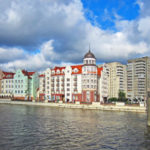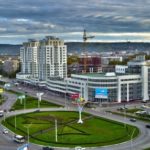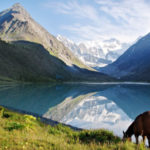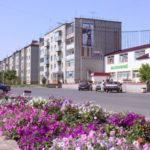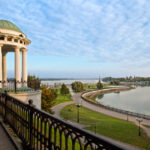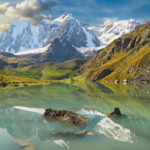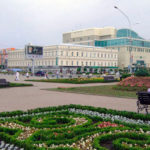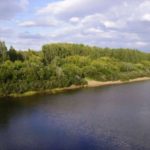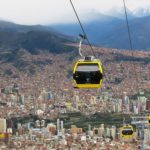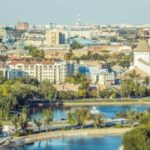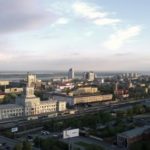Interesting facts about Barnaul
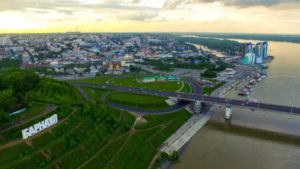 Barnaul, located in the east of Russia, is an interesting place. He is visited by many tourists, however, most of them use it as a staging post on the way to the beauties of the Altai Territory. And it is absolutely in vain – here and in the city itself there is something to see, and since the person has reached the regions so distant from the European part of the country, it is worthwhile to devote time to him too.
Barnaul, located in the east of Russia, is an interesting place. He is visited by many tourists, however, most of them use it as a staging post on the way to the beauties of the Altai Territory. And it is absolutely in vain – here and in the city itself there is something to see, and since the person has reached the regions so distant from the European part of the country, it is worthwhile to devote time to him too.
It is not known for sure where the name of the city came from. Perhaps it was so named because of the river Barnaulka, on the bank of which it stands, in the very place where it flows into the mighty Ob.
In Barnaul lives about 20 times less than in Moscow. What is interesting, while it occupies the 21st place in the number of population among all cities of Russia.
Barnaul acquired its first emblem only 116 years after its foundation.
The history of the city and its rapid growth began with the construction of factories for the smelting of silver and copper. Jobs attracted people, and Barnaul began to grow rapidly.
Unlike many other cities in Russia, Barnaul has never been renamed throughout its history.
Shortly after the end of the Second World War, the first trams appeared here. At the same time, the staff of the Moscow consulate of the United States offered to lay a tramway in Barnaul at the beginning of the 20th century.
Despite the fact that the October Revolution occurred back in 1917, the White Guards held Barnaul until the end of 1919.
Once in winter, a temperature of -51.5 degrees was recorded here.
Everyone entering the city on the highway is greeted with a huge letter “BARNAUL” on the side of a hill, like those found in Hollywood. They are repainted annually to maintain a pure white color, and more than 150 liters of paint are spent on it.
In Barnaul, there are still quite a few preserved houses built before the revolution. They miraculously managed to survive during the fire that destroyed a fair part of the city in 1917.
During the Second World War, more than a hundred enterprises from other cities were evacuated to Barnaul.
Cloudless days there are only about 50 annually.
Many people confuse Altai and Altai Territory. In Barnaul, the administrative center of the latter, there are no mountains – they are located in the Altai Republic, and not here.
Many private houses in Barnaul still use stoves for heating in the winter.
Every fourth resident of the Altai Territory lives in Barnaul.
Despite the fact that representatives of different nationalities live here, more than 95% of Russians live in the city. The next are the Germans – about 1%.
In Barnaul, there are more than 230 hospitals, clinics and other medical institutions.
There are 9 universities, plus several branches of universities from other cities.
Archaeological finds indicate that the ancient people lived in the territory of modern Barnaul in the Stone Age.
In Barnaul is the Altai State Museum of Local Lore, the oldest of all the museums of Siberia.
